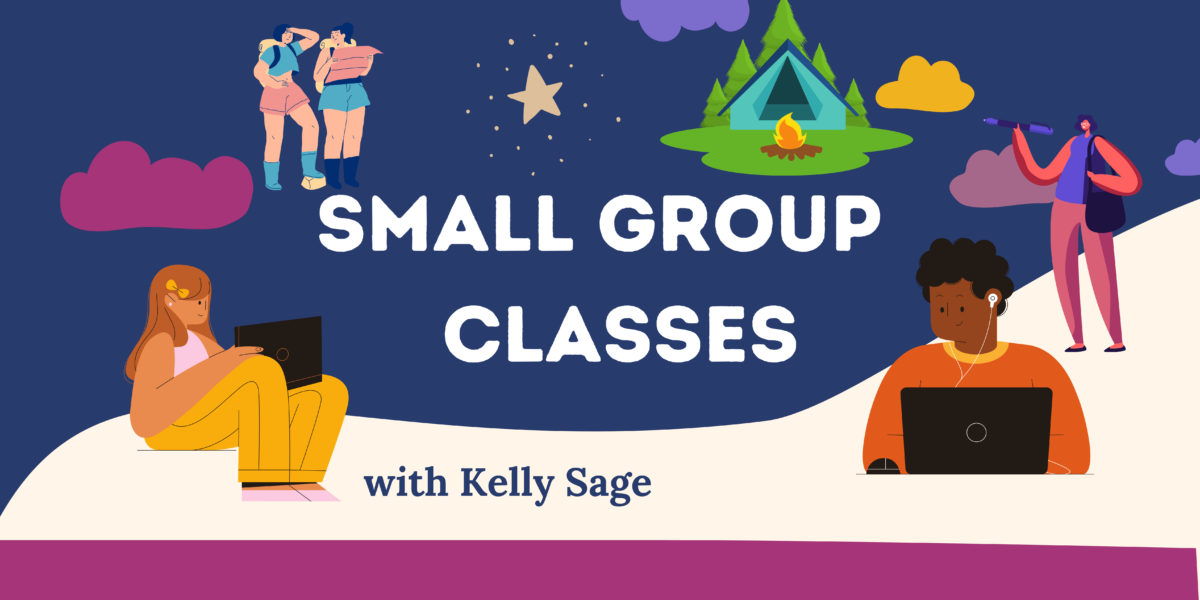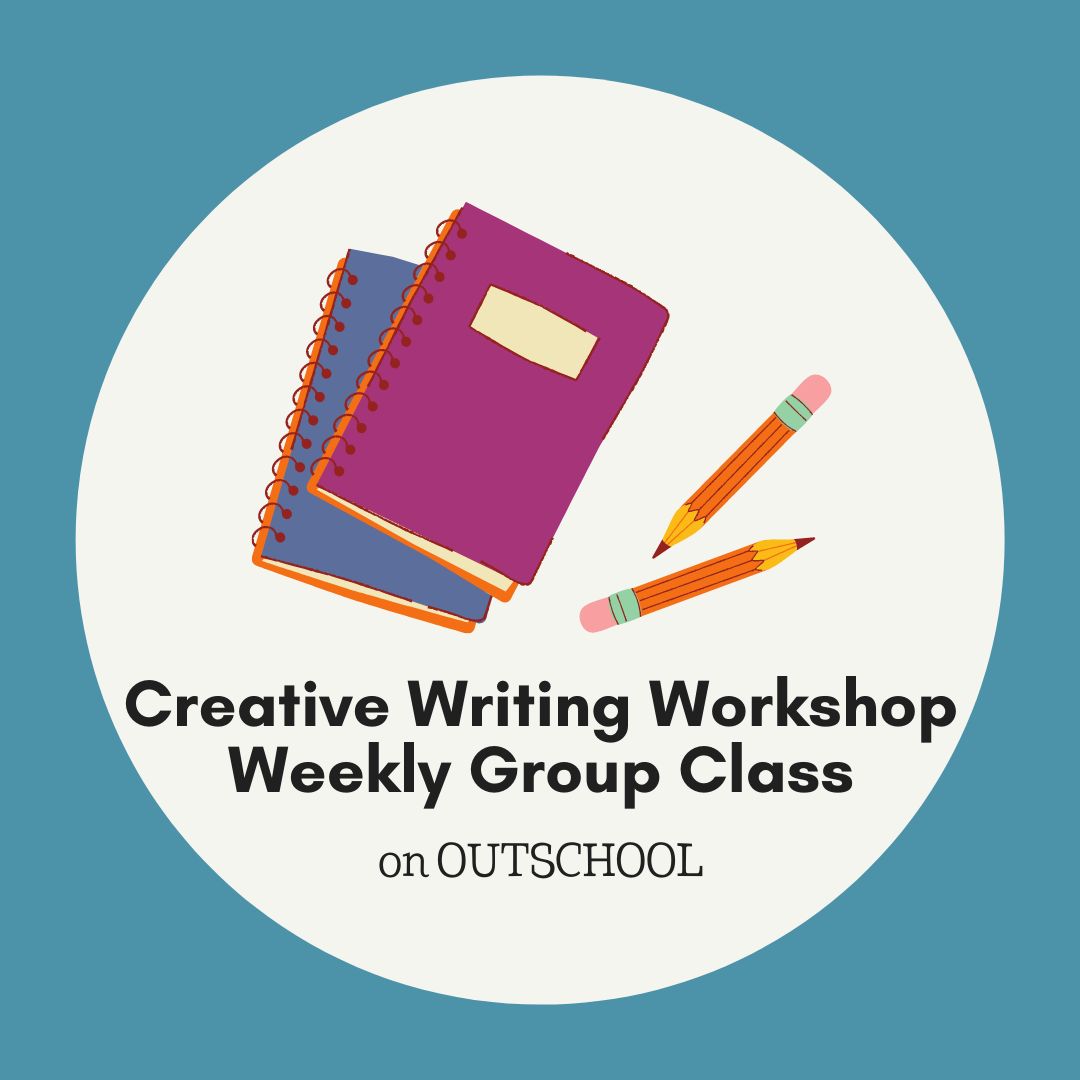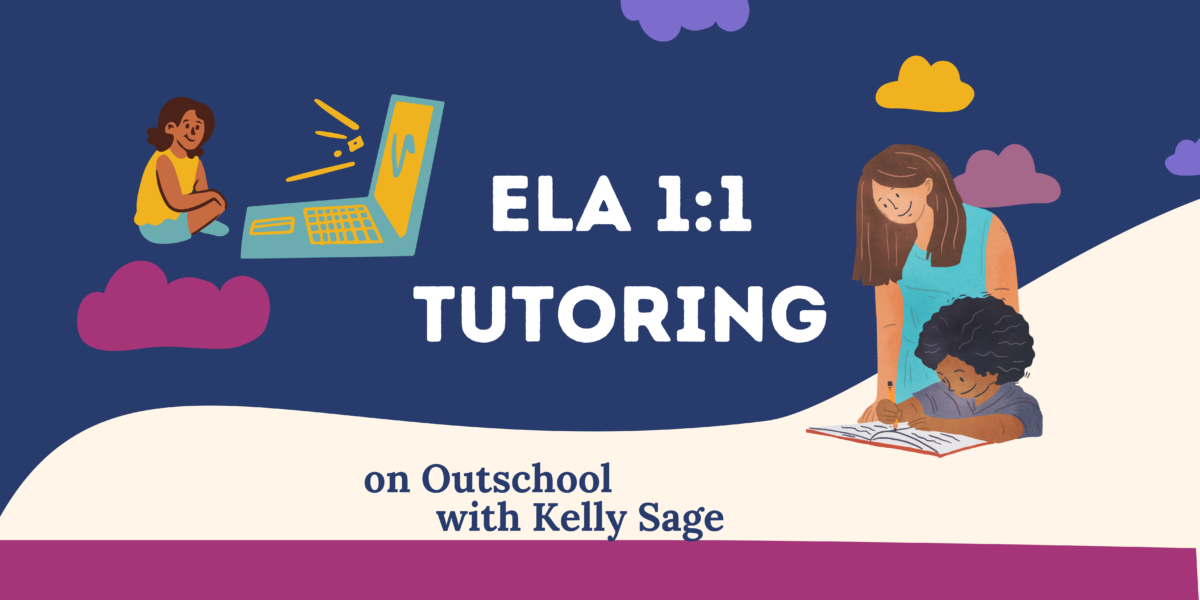Disclosure- Links in this post may be affiliate links. If you click through and make a purchase, I earn a commission at no additional cost to you. Unless noted, if I am reviewing a product, I have been compensated for my time. I write honest reviews. They are not required to be positive. I only recommend the resources we love and use.

My story- From the time I was pretty small, I was an anxious kid. Fear led me around by the hand. Heart racing and frozen, I heard someone creeping up our stairs every night. I worried my father, a federal agent, wouldn’t come home from work, my mother, an ER nurse, would get sick, and my house would burn to the ground. I spent a good part of my childhood waiting and watching for something bad to happen. As a teen, these fears stayed close. They offered me migraines, hives, and a variety of social issues. In college, they encouraged me to drop classes, avoid public speaking, change my major, and gave me a lot of sleepless nights. Fast forward to marriage and motherhood, my constant fears of failure, sickness, and something horrible happening made everything more challenging. My thoughts of What If quickly tackled the joys I felt.
I had pretty much everything I needed and wanted, but all I could feel was fear.
When my son was two, I mentioned to a doctor (for the first time) how I felt. His response was kind and reassuring. I was surprised when he said I wasn’t alone. No one had ever talked to me about anxiety being treatable. I soon found relief in medicine and therapy. Both gave me the push to start learning about anxiety and talking about it more openly. I realized for the first time I didn’t have to feel the way I was feeling.
Marriage, motherhood, teaching, and life became so much better. Not easy, just better. I wasn’t cured. I continue to tend to my anxiety daily.
My second child started exhibiting signs of anxiety when she was three. I hated the fact that she most likely inherited her worries from me, but if nothing else, 30 years of untreated anxiety taught me how important it is to receive help.
I had a variety of tools that were working for me, but she was three. We needed different strategies and support.

Later, we’d come to find out she not only had anxiety but Sensory Processing Disorder. What follows are the tools we’ve found to be helpful. I am not a medical professional. Nothing in this post suggests a cure or diagnosis.
If you are anxious or have an anxious kid, know you are not alone. There are a number of resources available. Many more than were available twenty or thirty years ago. We can and must talk about it.
No matter how irrational they may feel, there is no shame in naming fears. No shame in not feeling joy when you have a good life. No shame in needing a therapist, in taking medicine, in needing support.
Not sure if your child has anxiety- Worry Wise Kids offers a list of red flags. Be sure to talk to your child’s doctor as well!
Tools to Help Anxious Kids
We’ve used or continue to use every resource listed below. For me, a variety of resources is necessary. They have all, in their own way, been extremely helpful.
Take Care of Yourself
One of the most important lessons I’ve learned to help my child with her anxiety is that I MUST tend to my own.
It’s not easy, but if I don’t, my worries trigger hers and hers mine.
Another thing I’ve learned is we can work on our anxiety together. The tools I use can often be modified to help her. The resources I find for her are often incredibly helpful to me as well.
However, this is SUPER important- I don’t ever process my anxiety with my child. That isn’t fair. She should never have to hold my fears like I hold hers. When we use tools to help her, my focus is on her. What I receive, I process later, on my own or with my adult support.
Strategies
These strategies work well when we’re feeling anxious. I’ve found If we practice and use these strategies when we are feeling good, it’s easier to use them when we aren’t.
Breathing
- Breathe deeply and slowly while you count backward from 10-1
- Breathe in for three, pause, breathe out for three
- Breathe in and out, drawing a square in your mind.
- Breathing tool– a friend gave us one of these, and Sophia likes it a lot
Visual Charts
- Create or buy a mood chart– Use emoji faces to show a range of emotions and let kids check in with themselves often to pay attention to how they are feeling and why
- Create a color or number chart- Use colors to help kids determine how they are feeling. Practice breathing exercises to help them see if they can change colors or numbers.
Food
What we put in our bodies matters. With that said, we don’t want to make our kids more anxious by restricting foods or obsessing about what they eat.
- Let them try foods when they are ready
- Keep favorite foods in the house
- Sneak in healthy foods. I add frozen cauliflower to all of our smoothies. There is no taste or color change.
- Use electro lights to keep hydrated
Listening
Make sure you and your child have someone who will listen and acknowledge how you feel. Sometimes, someone simply saying, It stinks to feel this way. You are not alone. is exactly what we need.
Time
Going places, doing something new, or just having to transition quickly can bring up anxious feelings. Be sure to give your child plenty of time to transition.
Certain activities can take longer as well. For instance, I know shopping for clothes will take a lot of time and possibly several trips. Knowing this, I plan for it.
Stacking one activity on top of another may be too much. My child needs time for herself, by herself, to feel her best.
Stay Away From Shaming
As emotionally exhausting as it can be to be around someone who is constantly anxious, we have to watch our words. No one is trying to be difficult, and if they are, there’s something else going on. Avoid shaming phrases like-
- You’re too sensitive
- Buck up, man up, stop being a baby
- Get over it
- What’s wrong with you
- You just want attention
Don’t Punish
Anxiety and the behaviors that come with it can be challenging. It’s okay to have a child take a break or to take a break yourself, but make sure the child knows it’s to help everyone calm down and feel better, not because they are doing something wrong.
Find Calm First. Address the Issue Second.
When my daughter is having a really hard time, I’ve found the best thing I can do it let her know when she’s ready, I’d love to read a book with her. Reading to her and snuggling offers almost an instant calm. By the time we’ve finished a book or three, she’s ready to address the worry or problem she’s having much differently than if we didn’t calm down first.
Watch Comparisons
It can be easy to fall into the “Everyone else’s child _______” mindset. I remember feeling this way when my child wanted to do dance and gymnastics but would not leave my side and screamed when she had to wear the required clothing. I’d see the other children in the gym playing and having fun and start to feel self-conscious. Everyone has something they are struggling with. Comparisons only make us lose patience and feel crummy.
Books & Journals
We have used all the following books and tools and found them helpful. There are many we have not found helpful. No worries; they are not included, but if you have a resource that has been helpful to your family, please feel free to share it in the comments below.
Good Night Yoga: A Pose-by-Pose Bedtime Story
No Worries- An Activity Book for Young People Who Sometimes Feel Anxious and Stressed
Planting Seeds- Practicing Mindfulness with Children
What to Do When You Worry Too Much: A Kid’s Guide to Overcoming Anxiety (What-to-Do Guides for Kids)
For Adults~
A Hidden Wholeness: The Journey Toward an Undivided Life
Big Magic- Creative Living Beyond Fear
Don’t Sweat the Small Stuff (for Moms, for Women)
Meditation for Fidgety Skeptics: A 10% Happier How-to Book
Peace is Every Step- The Path of Mindfulness in Everyday Life
Steady Days- A Journey Toward Intentional, Professional Motherhood
The Anxiety Toolkit: Strategies for Fine-Tuning Your Mind and Moving Past Your Stuck Points
The Anxiety and Worry Workbook: The Cognitive Behavioral Solution
The Gifts of Imperfection- Letting Go of Who You Think You’re Supposed to Be and Embrace Who You Are
The Opposite of Worry- The Playful Parenting Approach to Childhood Anxieties and Fears
Online Resources
Go Zen– Online Programs for Children with Anxiety
Good Night Rebel Girls Podcast
Supplies
Journals- to draw or write down their worries
Coloring Books
Worry Stones- a simple stone to keep in their pocket works great. They can rub their fingers or hold them when they need to.
Rings- as a young adult, my daughter has found rings can be a good tool to fiddle with.
Anxiety is a trickster. It says it wants to keep us safe. It says it should lead and choose the life we live. It lies. Anxiety shows itself in a variety of different ways and appears when things are hard or when nothing is wrong at all. For some of us, it comes and goes. For others, it’s moved in and has no plans to leave. Thankfully, there are resources to help keep anxiety from choosing our path. We can take the lead and help our anxious kids do the same.


























This is such an important post, Kelly. Thank you for sharing it!
Thank you, Erin. I hope it’s helpful ❤️
Thank you for sharing all this valuable information. One question, have you read all the adult books suggestions that you gave? If so… Which one would you suggest made the most impact? I have six kids and there’s no way I have time to thumb through 10 different books but I could probably get through one. 😊
Oh, and I have a teen and ten year old with anxiety. So I am more looking for ways to help them… Not necessarily because I have anxiety.
Hi Camille, I have read them. My first choice would be The Opposite of Worry- The Playful Parenting Approach to Childhood Anxieties and Fears. My second is 10 Mindful Minutes. Go Zen, the online site, would also be good for older kids. It’s worth the cost and you could do it as a family or individually.
Hope these help!
Thank you!!
Awesome post! Thank you for sharing your experience and these resources ❤
You are welcome! I hope they are helpful 💕